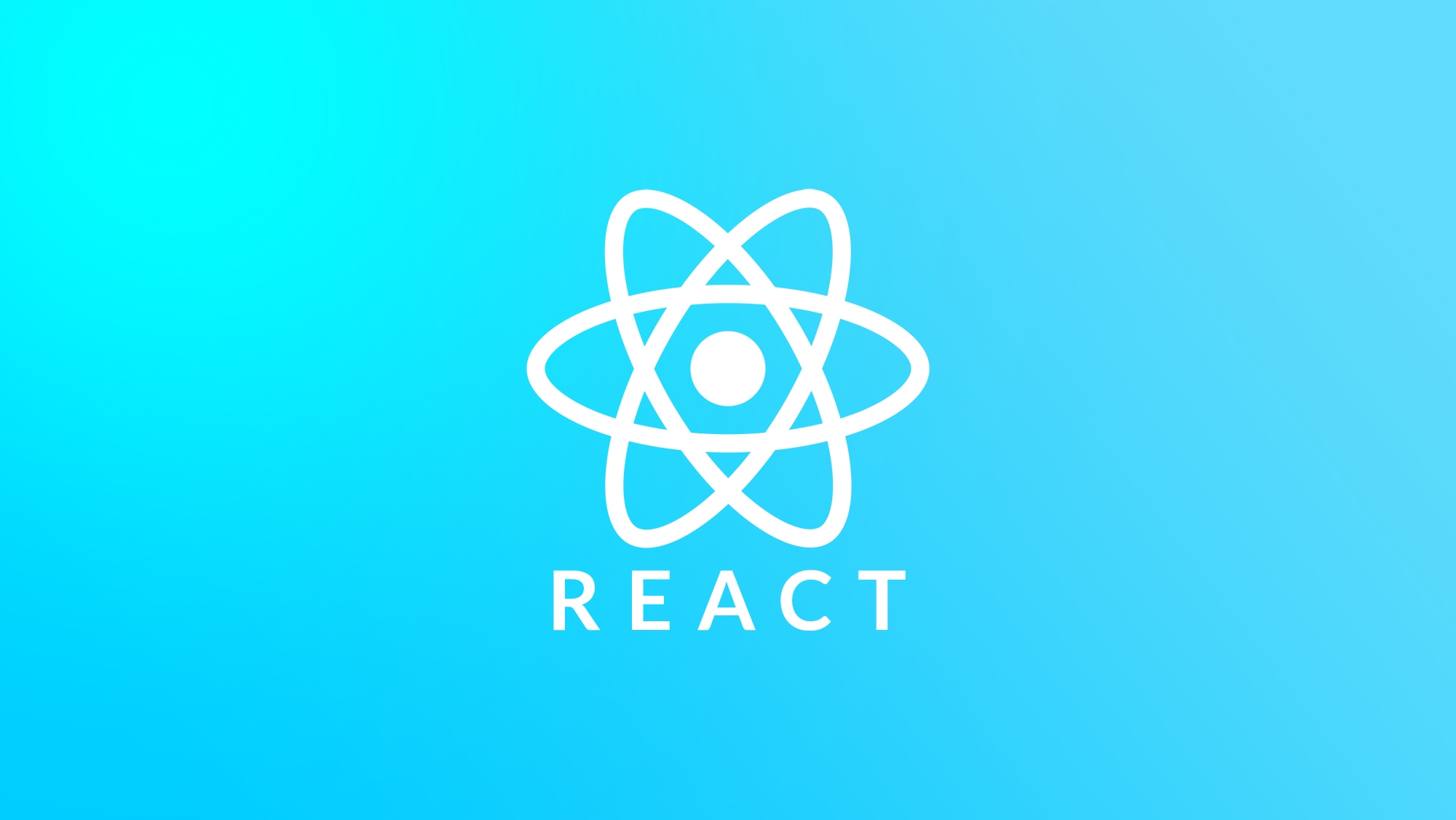Read 31 ~ Hooks API
By Abdallah obaid
| NAME | URL |
|---|---|
| Home | Home. |
| Prep | Prep: Engineering Topics. |
| Read 01 | Node Ecosystem, TDD, CI/CD. |
| Read 02 | Classes, Inheritance, Functional. |
| Read 03 | Data Modeling & NoSQL Databases. |
| Read 04 | Advanced Mongo/Mongoose. |
| Read 05 | Linked Lists. |
| Read 06 | HTTP and REST. |
| Read 07 | Express. |
| Read 08 | Express Routing & Connected API. |
| Read 09 | API Server. |
| Read 10 | Stacks and Queues. |
| Read 11 | Authentication. |
| Read 12 | OAuth. |
| Read 13 | Bearer Authorization. |
| Read 14 | Access Control (ACL). |
| Read 15 | Trees. |
| Read 16 | Event Driven Applications. |
| Read 17 | TCP Servers. |
| Read 18 | Socket.io. |
| Read 19 | Message Queues. |
| Read 26 | Component Based UI. |
| Read 27 | React Testing and Deployment. |
| Read 28 | Props and State. |
| Read 29 | Component Composition. |
| Read 30 | Hash Tables. |
| Read 31 | Hooks API. |
Hooks API
## Hooks:
- Hooks are functions that let you “hook into” React state and lifecycle features from function components.
- Hooks don’t work inside classes.
- React Hooks are functions that let us hook into the React state and lifecycle features from function components.
useState()Returns a stateVariable and setterFunction for you to use to manage state in a functional component.
## Why use hooks functional component instead of a class component?
- Much easier to readability and tests because they are plain JavaScript functions, so you end up with less code.
- Best practices. It will get easier to separate container and presentational components as well as been more specific about each functionality in your app.
- Performance boost. Functional components render a lot faster than Class components because they take less space in memory.
